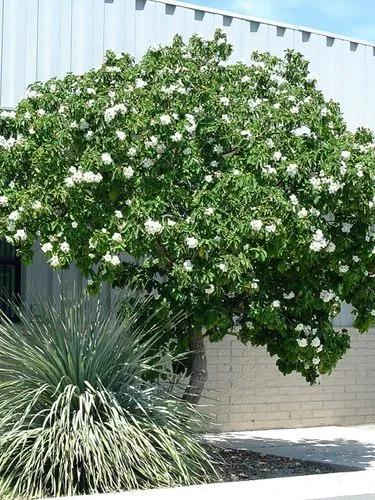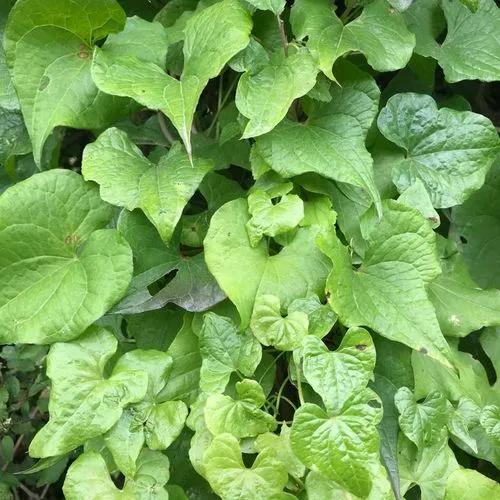Carissa macrocarpa is a shrub native to Southern Africa. It is commonly known as the Natal plum and, in South Africa, the large num-num. Its pretty white flowers are star-shaped and fragrant and produce edible red fruit.
Jim Plank Care
Carissa Macrocarpa Natal Plum



Natal Plum is a member of the Dogbane family (Apocynaceae), which includes oleander and periwinkle. It is not related to true Plums, which are members of the Rose family. It is an evergreen shrub, with a loose mounding shape, 2 to 7 feet tall (0.6-2 m), 7 to 10 feet spread (2-3 m), the height depends on the variety; stems generally thorny with forked spines, milky sap; thick, oval with shiny dark green leaves. It has white, fragrant, solitary, star-shaped flowers, one-to-two inch wide (2.5-5 cm), throughout the growing season. In the summer and fall, the plant bears a two inch long (5 cm), egg-shaped red fruit that exudes a white astringent latex unless fully ripe. The fruit turns red when ripe, and can then be eaten out-of-hand, but also makes good cranberry-like preserves.
How to Care for the Plant

Water

Water monthly to weekly depending on size of fruit crop and temperature. Monthly in winter. The soil must dry out between waterings. This plant is subject to root rot in wet soil.

Fertilizer

Use a fertilizer that has equal parts of nitrogen, phosphorus, and potassium. This will help maintain the shrub's general health and promote fruiting. Apply fertilizer in spring.

Sunlight

Grow natal plum in a location that receives full sun for the best results. It will also do fine in part sun but will likely not have as many flowers and fruits.

Soil

Plant natal plum in sandy soil that drains well, as this will help naturally deter root rot. In general, they prefer slighting acid or neutral pH. These plants are salt-tolerant and do well near the coast.

Temperature

The Natal plum thrives in temperatures that range above 68°F during the day and between 50 and 65°F at night. It must be brought indoors in winter in colder climates.

Popularity

109 people already have this plant 54 people have added this plant to their wishlists
Discover more plants with the list below
Popular articles






